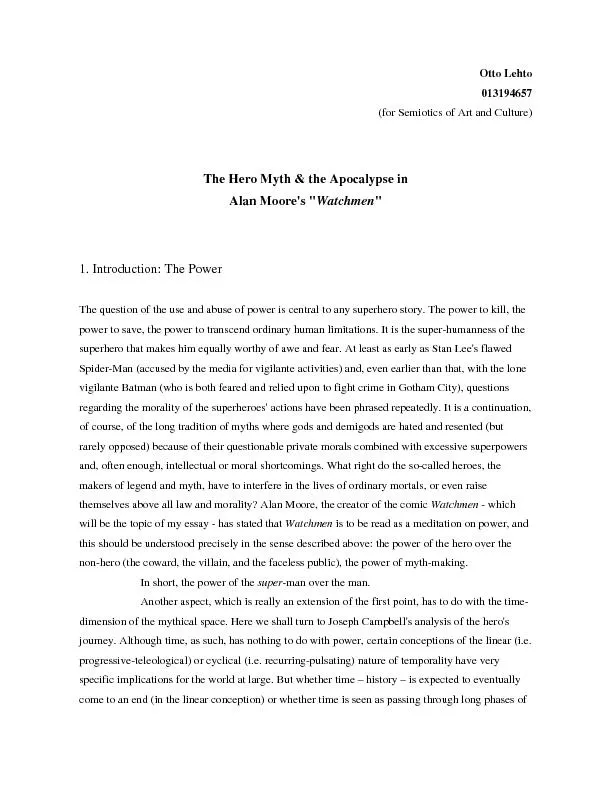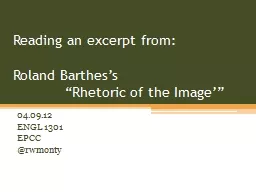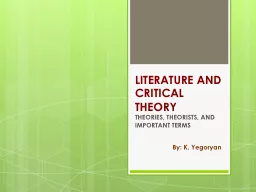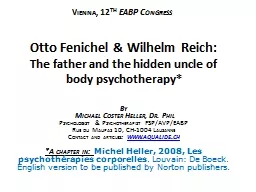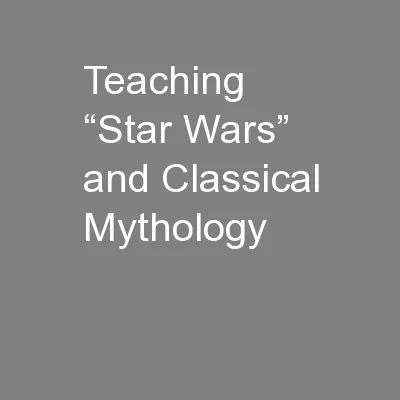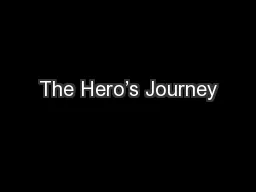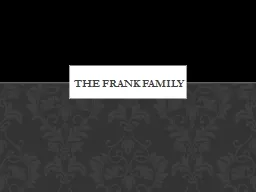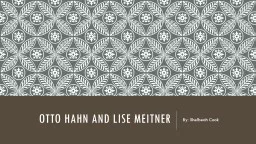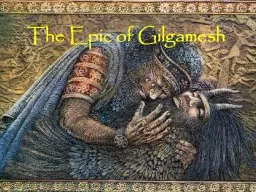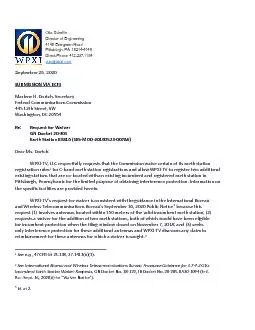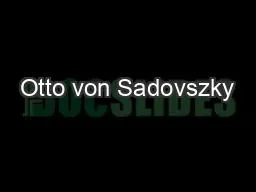PDF-Otto Lehto 013194657 (for Semiotics of Art and Culture) The Hero Myth
Author : marina-yarberry | Published Date : 2016-08-23
calm punctuated by periods of turbulence in the bottleneck moments of its cyclical recurrence the passage of time and history involves at certain crucial points
Presentation Embed Code
Download Presentation
Download Presentation The PPT/PDF document "Otto Lehto 013194657 (for Semiotics of ..." is the property of its rightful owner. Permission is granted to download and print the materials on this website for personal, non-commercial use only, and to display it on your personal computer provided you do not modify the materials and that you retain all copyright notices contained in the materials. By downloading content from our website, you accept the terms of this agreement.
Otto Lehto 013194657 (for Semiotics of Art and Culture) The Hero Myth: Transcript
Download Rules Of Document
"Otto Lehto 013194657 (for Semiotics of Art and Culture) The Hero Myth"The content belongs to its owner. You may download and print it for personal use, without modification, and keep all copyright notices. By downloading, you agree to these terms.
Related Documents

